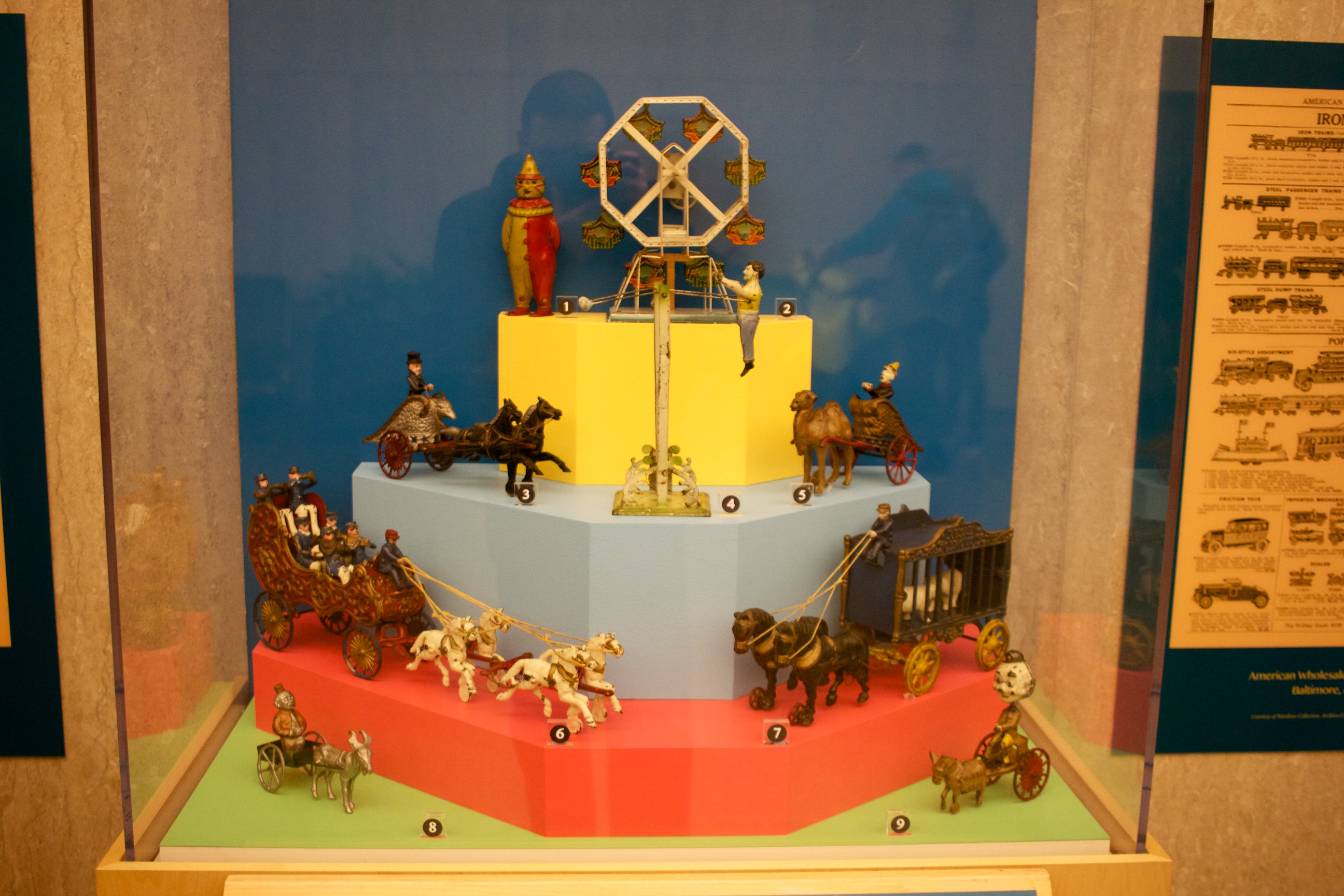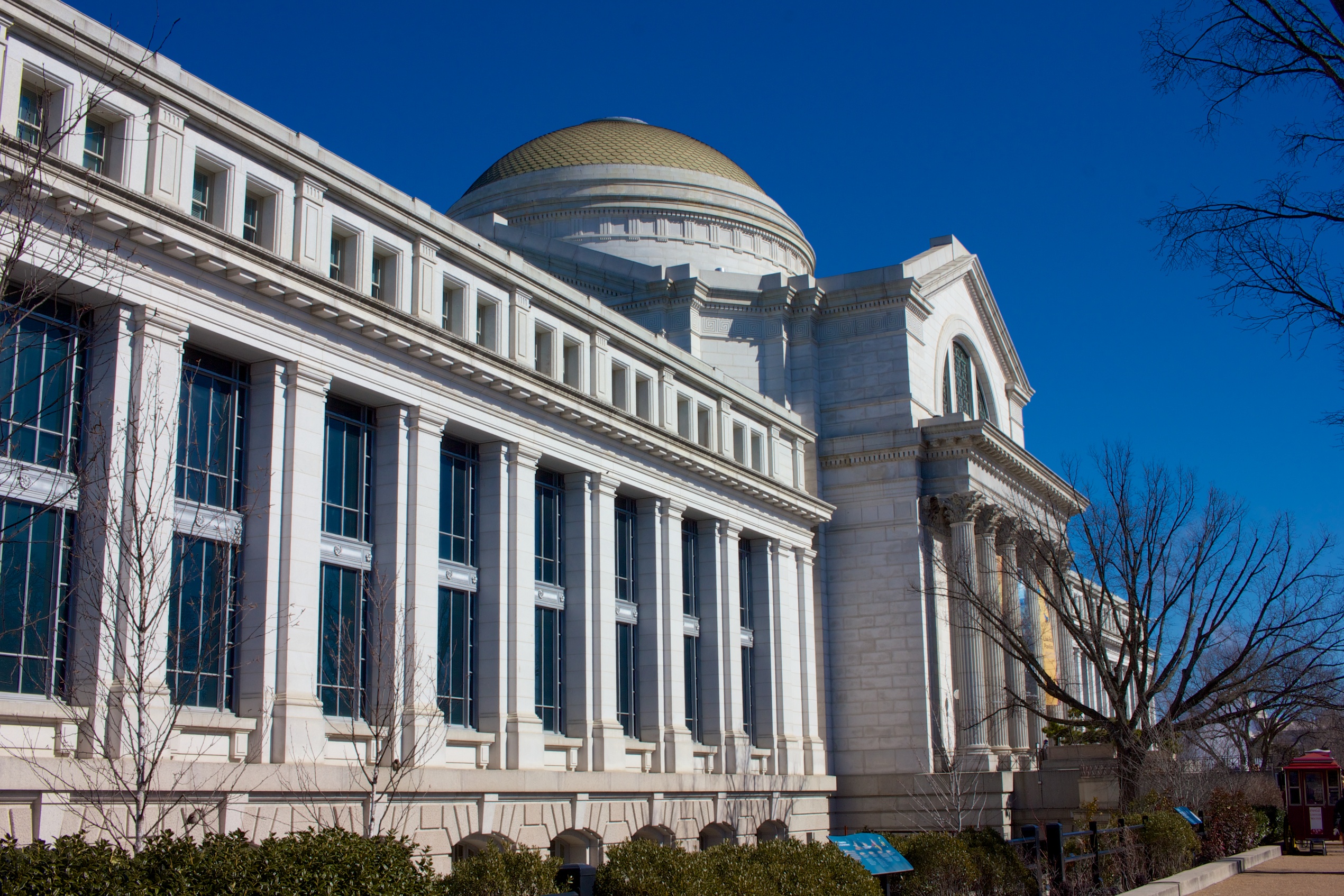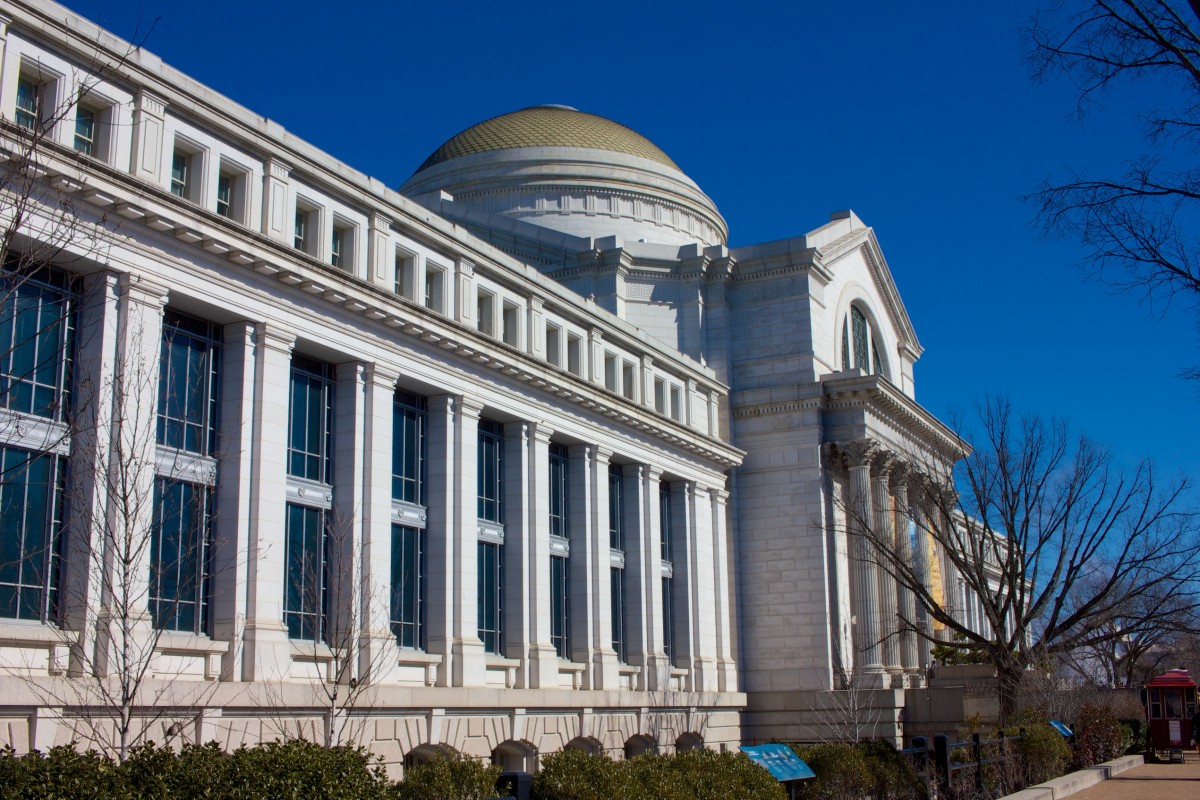
What’s New in Washington DC – American History and Natural History Museums
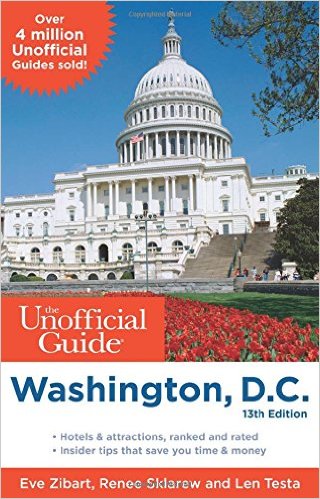 Welcome to a continuation of a new series on the TouringPlans.com blog. As we are continuing our research for our upcoming coverage as well as the brand new Unofficial Guide to Washington, D.C., we will be posting about all the new exhibits and events in Washington.
Welcome to a continuation of a new series on the TouringPlans.com blog. As we are continuing our research for our upcoming coverage as well as the brand new Unofficial Guide to Washington, D.C., we will be posting about all the new exhibits and events in Washington.
For those reading this who are not familiar with Washington, there are dozens upon dozens of museums in addition to the well known monuments. Well, these museums don’t just stay still, they are constantly rotating exhibits in and out. Some are small, some are huge, but we visit them all.
Previously I’ve discussed the new exhibits at the Renwick Gallery, Sackler Gallery and African Art Museum, and the American Indian Museum and Hirshhorn Museum. Today, we’re going to look at two of the most popular: the National Museum of American History and the National Museum of Natural History.
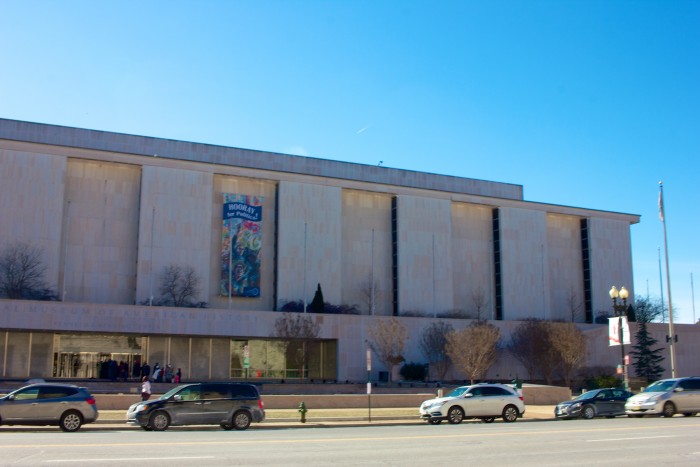
National Museum of American History
One of the things I am always surprised by is that these two museums–two of the most popular–relegate special exhibits to mid-aisle displays or entryway cases. Not that (spoiler alert) any of the below special exhibits are all that special, but when you’re using such broad descriptors as American History and Natural History it seems like they could do a little more.
Anyway, I made quick stops into both of these massive museums to check out some of the temporary exhibits. In future posts I’ll cover more about the permanent exhibits, but there is just too much to cover in a single post.
Hooray for Politics!
Walking into the Constitution Ave entrance it’s hard to miss the Hooray for Politics! exhibit. Not that it’s particularly large or impressive, but because it’s so close to the doors that you practically run into it. There are two temporary stages set up in the lower atrium that contain some fascinating ballot boxes and voting booths from various locations and years. There is also and eye-catching (but generally useless) group of blank wood cutout people holding signs for all of the current U.S. Presidential candidates. As the candidates drop out, the museum moves the signs to the floor–I was there when there were significantly more candidates than there are now.
What annoys me most about this exhibit is that it is an interesting subject, integral to American history…and it’s been relegated to the equivalent of a kiosk in the walkway of a mall. Since the Presidential election process takes the better part of 2 years, I feel like they could have easily put up a more permanent (or completely permanent) exhibit all about the process, the equipment involved, and the oft-misunderstood electoral college. Right now, most people just look for the Trump or Bernie signs to take quick photos of on their way to better exhibits.
Frank Sinatra at 100
Speaking of an exhibit being relegated to an odd location, next up is Frank Sinatra at 100 (Note: He would be 100 if he was still alive. He is not). I have always had an affection for Sinatra that was passed to me from my grandfather, so I was eager to see the memorabilia on display. It took me a few minutes to find it, however, because it is located in what the American History Museum calls the “Artifact Walls.”
It turns out the Artifact Walls are the display cases that line the walls of the Constitution Ave entrance area. Tucked all the way toward the door on the east side are about 50 feet of Frank Sinatra artifacts, mostly including photos, albums, and a few articles of clothing. I can’t imagine too many people have seen this exhibit unless they look specifically for it, and it’s not really worth seeking out unless you’re a big fan.
Childhood & Toys
Another small display case–although one getting a lot more attention–is Childhood & Toys, an exhibit containing a handful of cast-iron and tinplate toys from 1870 through the 1950s. The reason for this display’s popularity was that a) it contains old toys (which people like) and b) it is located in the walkway leading toward the popular Transportation and Technology wing.
Honestly, unless you are old enough to remember some of the toys (which I am not), the display is only interesting for the novelty of seeing what kids played with in the past. I guess that’s why they only display about 20 of their 1,400 toy collection.
Wegman’s Wonderplace
One of the hard things to do at many of the Washington museums is entertain small children. Enter the Wegmans Wonderplace, an interactive play area specifically for youngsters. Children ages 0-6 are invited to explore things like blocks, animals, and sounds, all things I gleaned from the website’s description because I did not have my children with me and couldn’t go in. I also don’t have any good photos because I am a middle-aged man who was alone with a semi-professional camera and was not about to start taking photos of small children. I cannot afford bail.
One important thing to notice if you want to use the Wonderplace is what’s printed on the sign in the photo below: timed-entry tickets are required on weekends and holidays (except for the opening half-hour at 10am). The day I was there was the Sunday of President’s Day weekend and the workers said there were no unavailable times that day, so waits aren’t a problem at the moment. Once summer starts, however, plan to make the Wonderplace one of your first stops to get your entry ticket, especially if you want a specific time.
National Museum of Natural History
The Museum of Natural History only had one temporary exhibit when I visited, partially because their entire dinosaur area is under refurbishment (and will be for another three years!). Like a few at American History, it was not only disappointing, but seemingly invisible to visitors.
Color In a New Light
I thought the placement of the American History exhibits were odd, but they had nothing on Natural History’s Color In A New Light display. The exhibit itself was somewhat interesting: it shows how many of the world’s thinkers viewed color–Sir Isaac Newton, Johann Wolfgang von Goethe–as well as some examples of color in nature and how we see and interact with it.
The curious part with this display is that it is located in two cases on the bottom level of the museum, where there are no other exhibits. There is a cafe and gift shop, but most, if not all, visitors seem to walk by the cases on their way up to the atrium. It’s almost as if the museum was filling wall space rather than attempting to engage anyone.
That’s all for now, coming next will be the Museums of American History and Natural History. There will also be plenty of info coming on visiting D.C., but if there’s anything specific you’d like to read about let me know in the comments.








